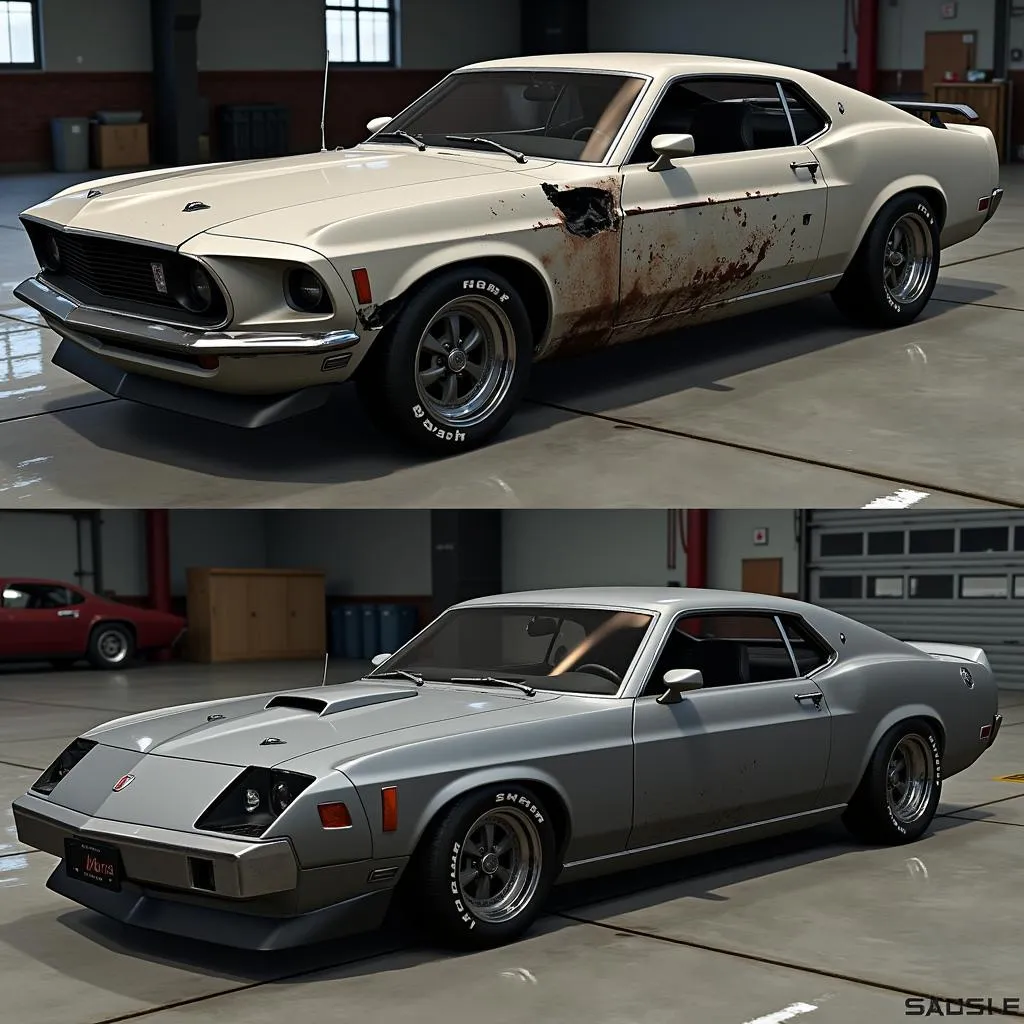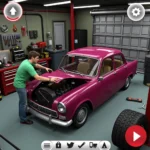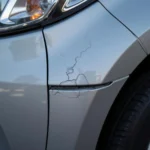Car Mechanic Simulator 2015 isn’t just about fixing engines and changing tires; it delves into the intricate art of bodywork, challenging players to restore vehicles to their former glory. Whether you’re a seasoned mechanic in the virtual world or just starting out, mastering the art of body repair in this game requires a blend of precision, patience, and a keen eye for detail. This guide will equip you with the knowledge and techniques needed to tackle those dents, scratches, and rust spots like a pro.
Understanding the Tools of the Trade
Before you dive into the world of virtual bodywork, it’s crucial to familiarize yourself with the tools at your disposal in Car Mechanic Simulator 2015. The game offers a range of tools that mirror those used in real-life auto body repair, each serving a specific purpose.
- Wrench: Your go-to tool for removing and attaching body panels.
- Hammer: Useful for knocking out dents and straightening bent metal.
- Welder: Essential for repairing major structural damage and patching holes.
- Sandpaper: Available in various grits for smoothing out rough surfaces and preparing them for painting.
- Paint Sprayer: The key to a flawless finish, allowing you to apply primer, paint, and clear coat.
Assessing the Damage: Your First Step to a Successful Repair
Just like in a real-life auto body shop, the first step to a successful repair in Car Mechanic Simulator 2015 is a thorough damage assessment. Carefully inspect the vehicle from all angles, noting the location and severity of:
- Dents: Identify the size and depth of dents to determine the appropriate repair method.
- Scratches: Assess the depth of scratches to know if they require sanding and repainting.
- Rust: Locate any signs of rust, which may require more extensive repair work.
- Missing or Damaged Parts: Check for missing or damaged body panels, lights, or trim pieces.
Repairing Body Panels: From Dents to Perfection
Car Mechanic Simulator 2015 allows players to repair body panels with remarkable realism. Here’s a breakdown of the process:
-
Removing Body Panels: Use the wrench to unscrew and remove any damaged panels that need replacement or extensive repair.
-
Repairing Dents: For minor dents, the hammer can be used to gently tap the metal back into shape. Deeper dents might require a combination of hammering and welding.
-
Addressing Rust: Treat rust by sanding down the affected area until you reach bare metal. Apply primer to prevent further corrosion before moving on to painting.
-
Replacing Damaged Panels: Once you’ve addressed the damage, reattach the repaired or replaced panels using the wrench.
Priming and Painting: The Art of the Finish
A quality paint job is the hallmark of a successful body repair. Car Mechanic Simulator 2015 provides the tools for a professional-looking finish:
-
Priming: Apply an even coat of primer to the repaired areas. This step is crucial for creating a smooth surface for the paint to adhere to.
-
Painting: Choose the desired color and use the paint sprayer to apply several thin coats of paint, allowing each coat to dry before applying the next.
-
Clear Coat: A clear coat layer adds depth and shine to the paint while protecting it from the elements.
Advanced Body Repair: Taking Your Skills Further
As you become more comfortable with the basics, Car Mechanic Simulator 2015 offers opportunities to refine your body repair skills:
-
Working with Different Materials: The game features cars with various body materials, each requiring specific repair techniques. Familiarize yourself with the properties of steel, aluminum, and fiberglass.
-
Color Matching: For a seamless repair, mastering color matching is essential. Experiment with different shades and hues to find the perfect match for the original paint.
-
Detailing: Once the repairs and painting are complete, don’t forget the details. Polishing the paintwork, replacing trim pieces, and adding decals can significantly enhance the final result.
Conclusion: Becoming a Virtual Bodywork Expert
Mastering body repair in Car Mechanic Simulator 2015 is a rewarding experience that goes beyond the simple act of fixing a car. It’s about understanding the intricacies of automotive design, the satisfaction of restoring a vehicle to its former glory, and the development of a valuable skillset, even if it’s in the virtual world. So, embrace the challenges, experiment with the tools, and enjoy the process of transforming those virtual wrecks into automotive masterpieces.



